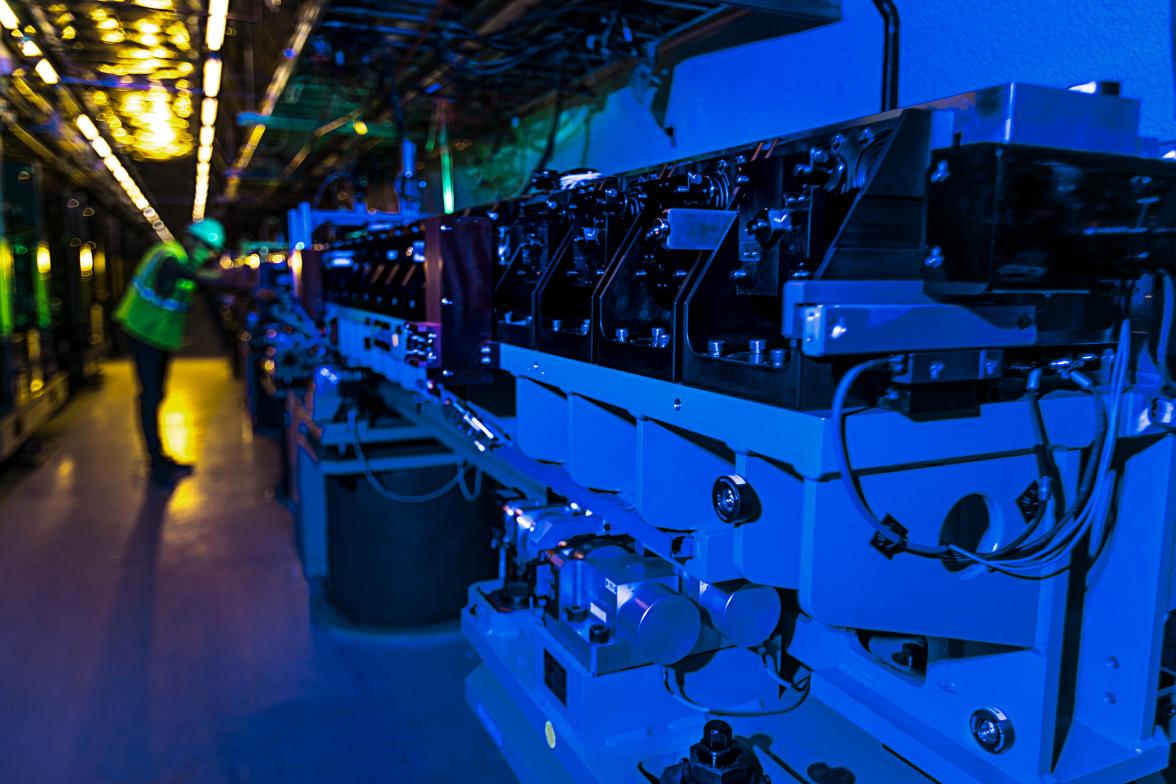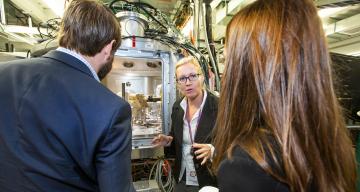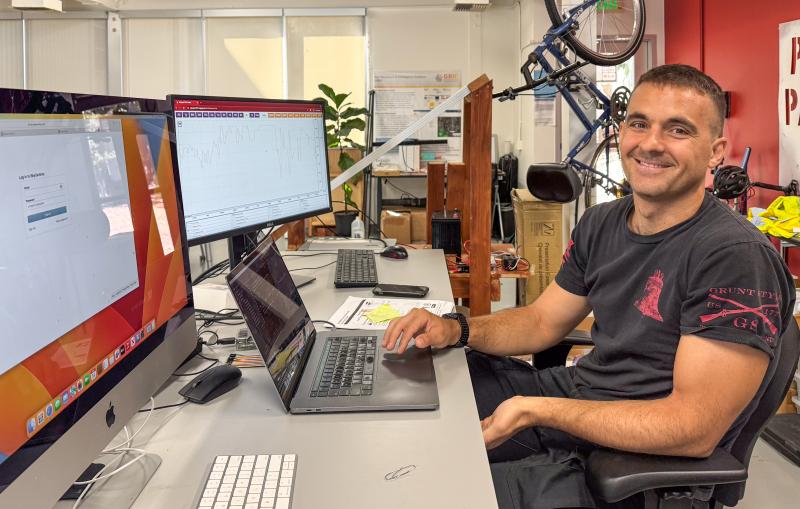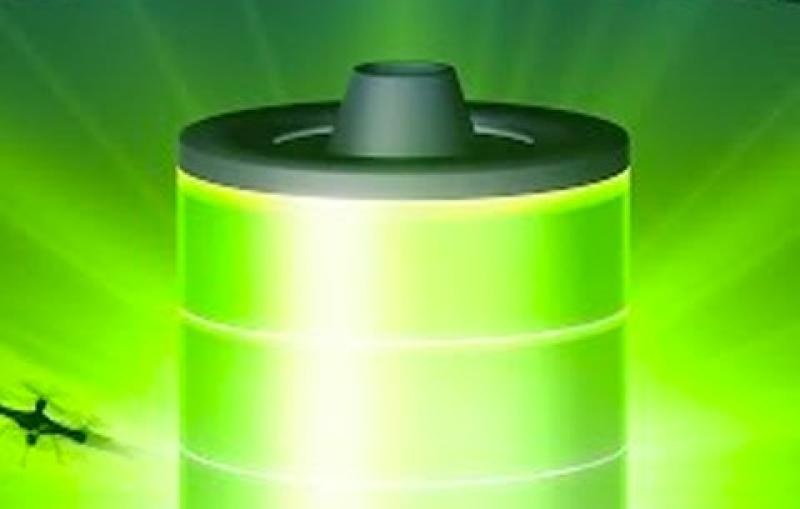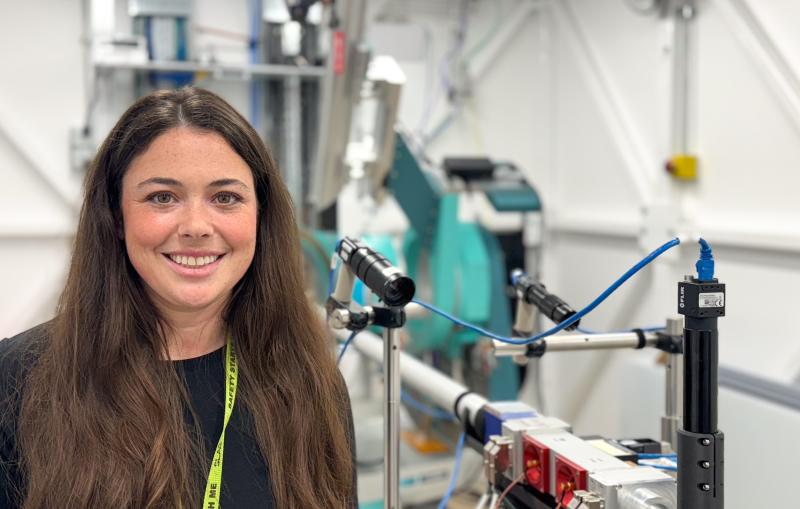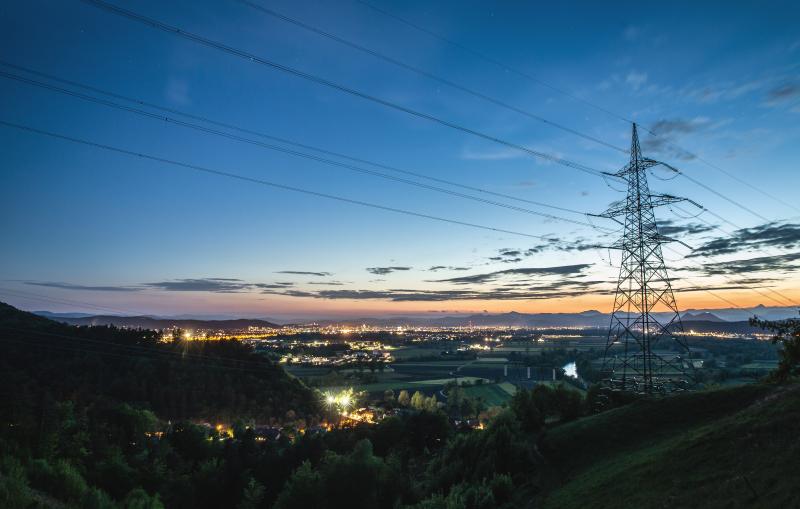Scientists from universities, laboratories and private companies around the world use our cutting-edge research facilities. Their discoveries benefit a wide range of fields, including materials and energy sciences, chemistry, biology, medicine, environmental science, engineering, astronomy and physics. The lab also develops relationships with industry and other government agencies to better bridge the gap between scientific discoveries and their practical applications.
A unique partner
Founded on partnerships
Stanford University operates SLAC for the DOE Office of Science. Our strong ties with Stanford go all the way back to the lab’s founding and that growing partnership is crucial to carrying out our scientific vision. Stanford and SLAC work together in joint research institutes and centers that focus on cosmology and astrophysics, materials and energy sciences, catalysis, ultrafast science and cryogenic electron microscopy. Our location in Silicon Valley and our connections with DOE, Stanford and other leading research centers speed our progress. We amplify our impact by working with companies to help spread the benefits of basic research into society.
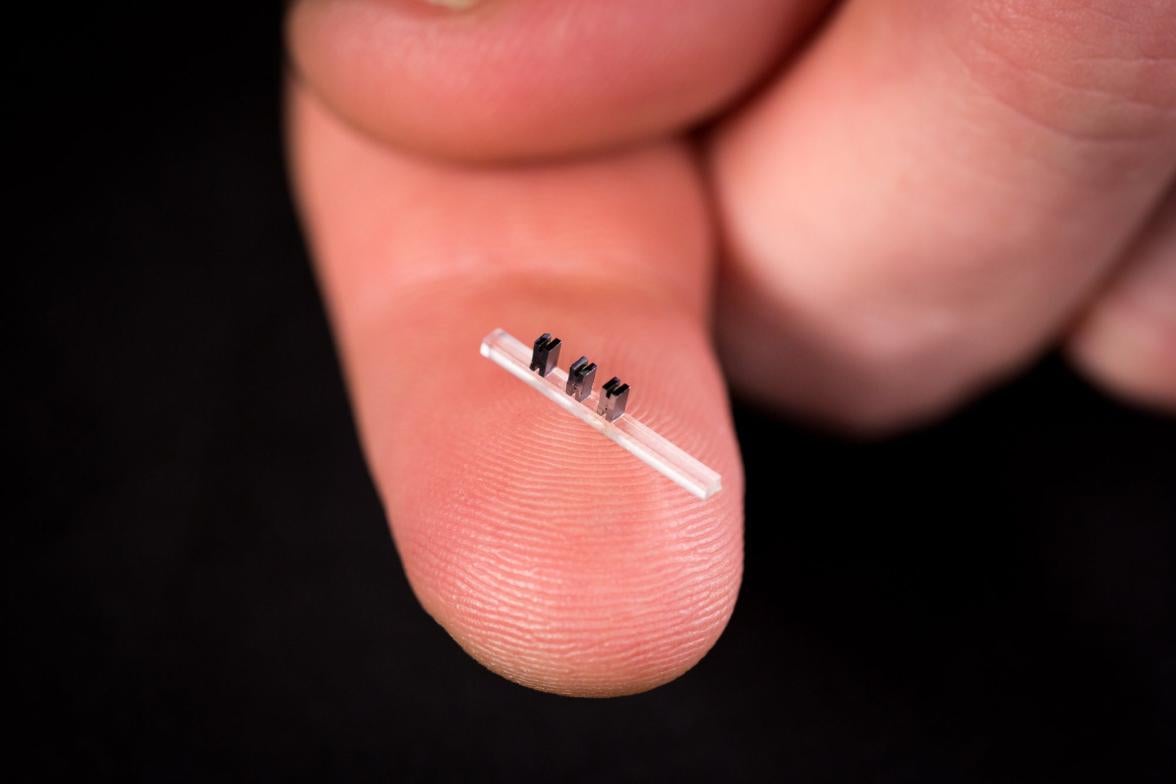
How to partner with SLAC
Partnering with SLAC gives companies and organizations access to our world-class experimental facilities, expert scientists and patented technologies. Industrial partners, Stanford, Silicon Valley businesses and other government agencies come to us with problems requiring the unique combination of facilities and expertise only SLAC can provide.
SLAC regularly works with companies both small and large to solve technological challenges and advance technology for deployment into the global marketplace.
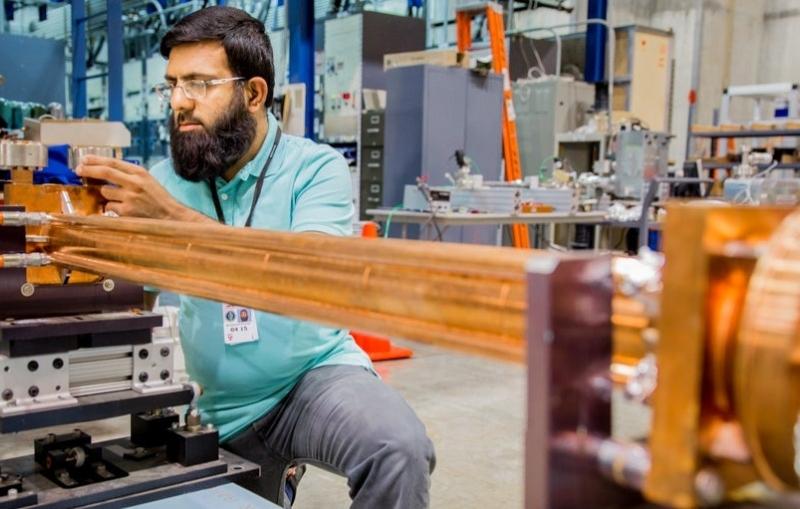
Small businesses or government entities can become SLAC suppliers. Find opportunities, login as an active supplier or register as a new supplier here.
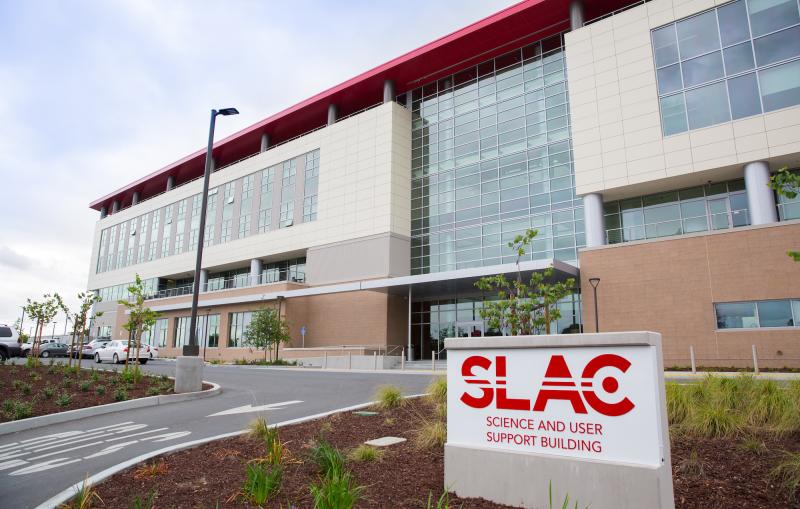
Take advantage of SLAC’s tools and techniques for your research. Learn more about our scientific facilities and how to use them here.
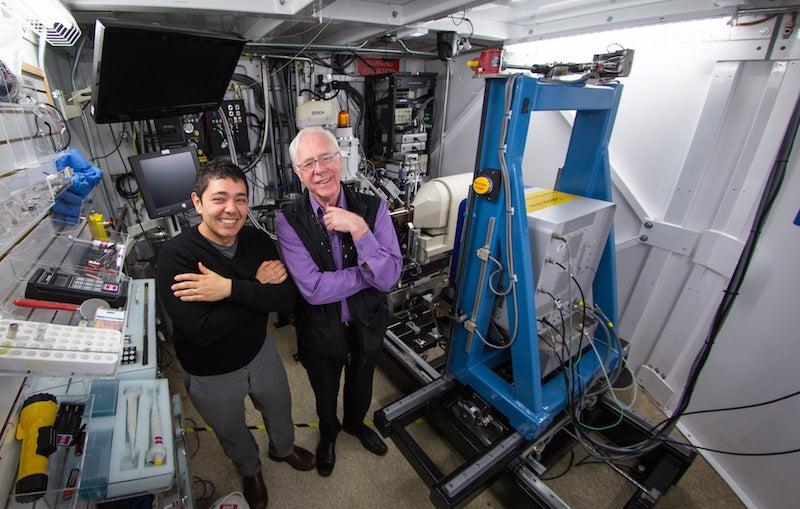
Use our inventions
Partners can license the right to use SLAC patented technologies and copyrighted software in accelerators, detectors, X-ray light sources and lasers for a nominal fee.
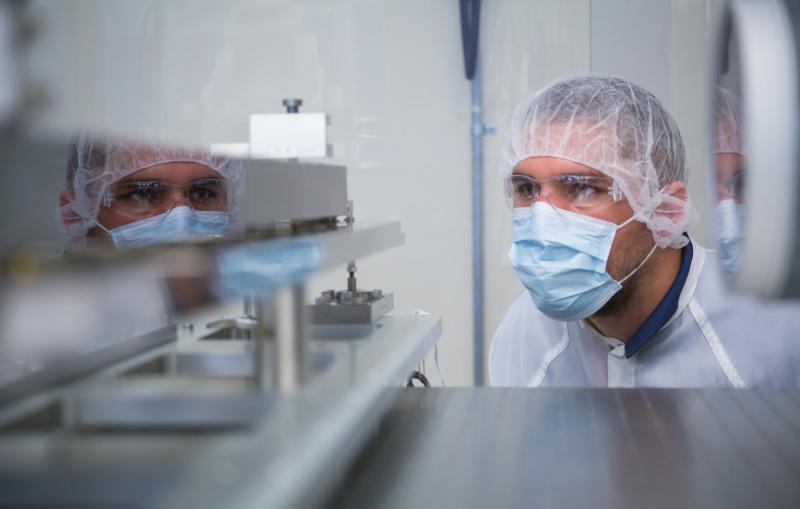
Find more information on our mission to develop relationships with industry and other government agencies to better bridge the gap between scientific discoveries and their practical applications.
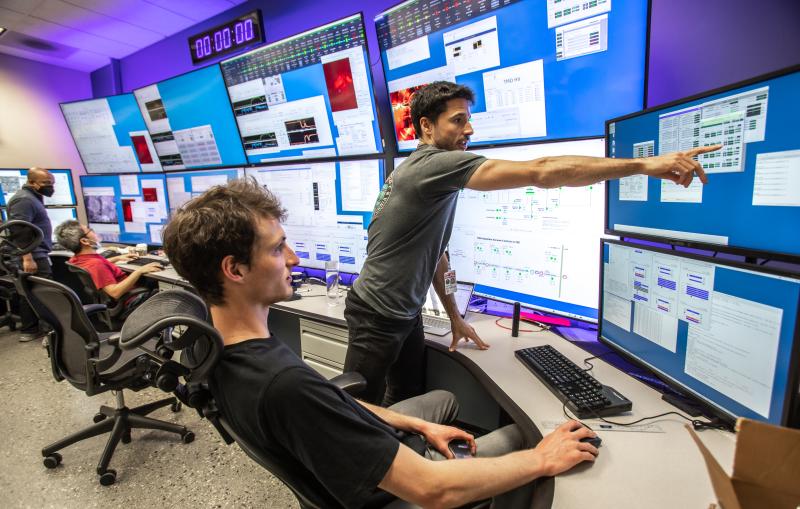
Use our facilities
Our tools and techniques
Thousands of scientists from all over the world come to SLAC each year to conduct research. SLAC’s scientific users are critical to the laboratory’s success, driving scientific discoveries and contributing to the lab’s technological advancements.
